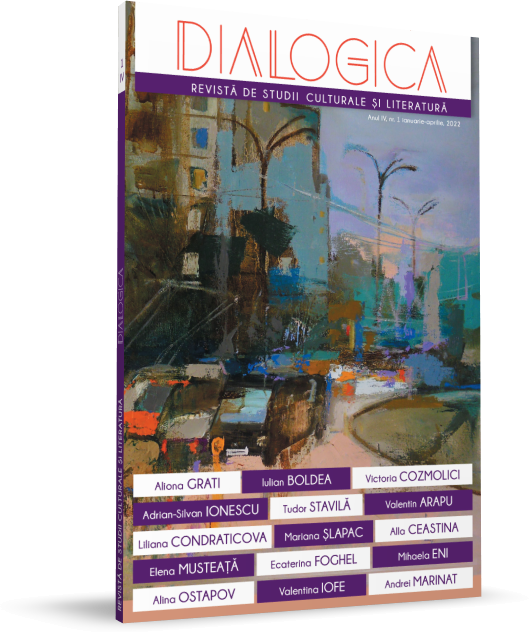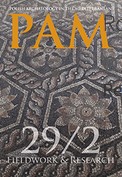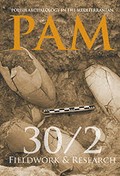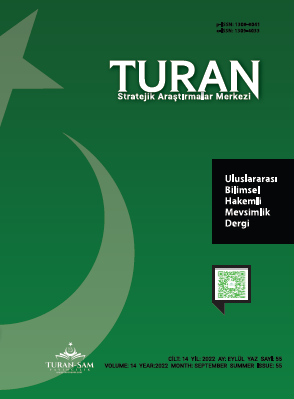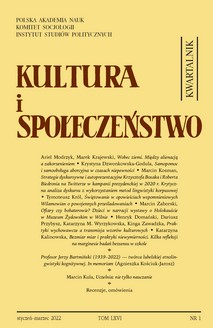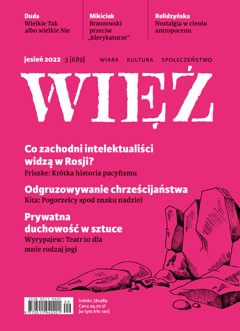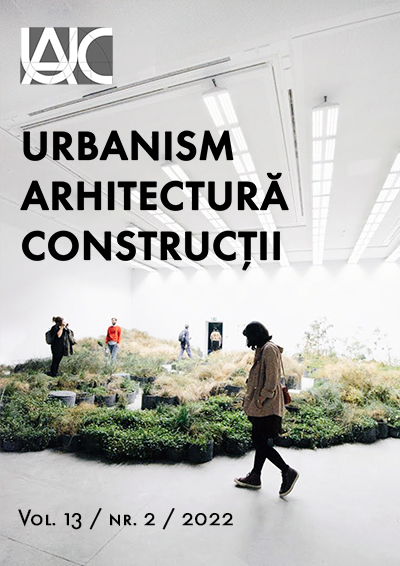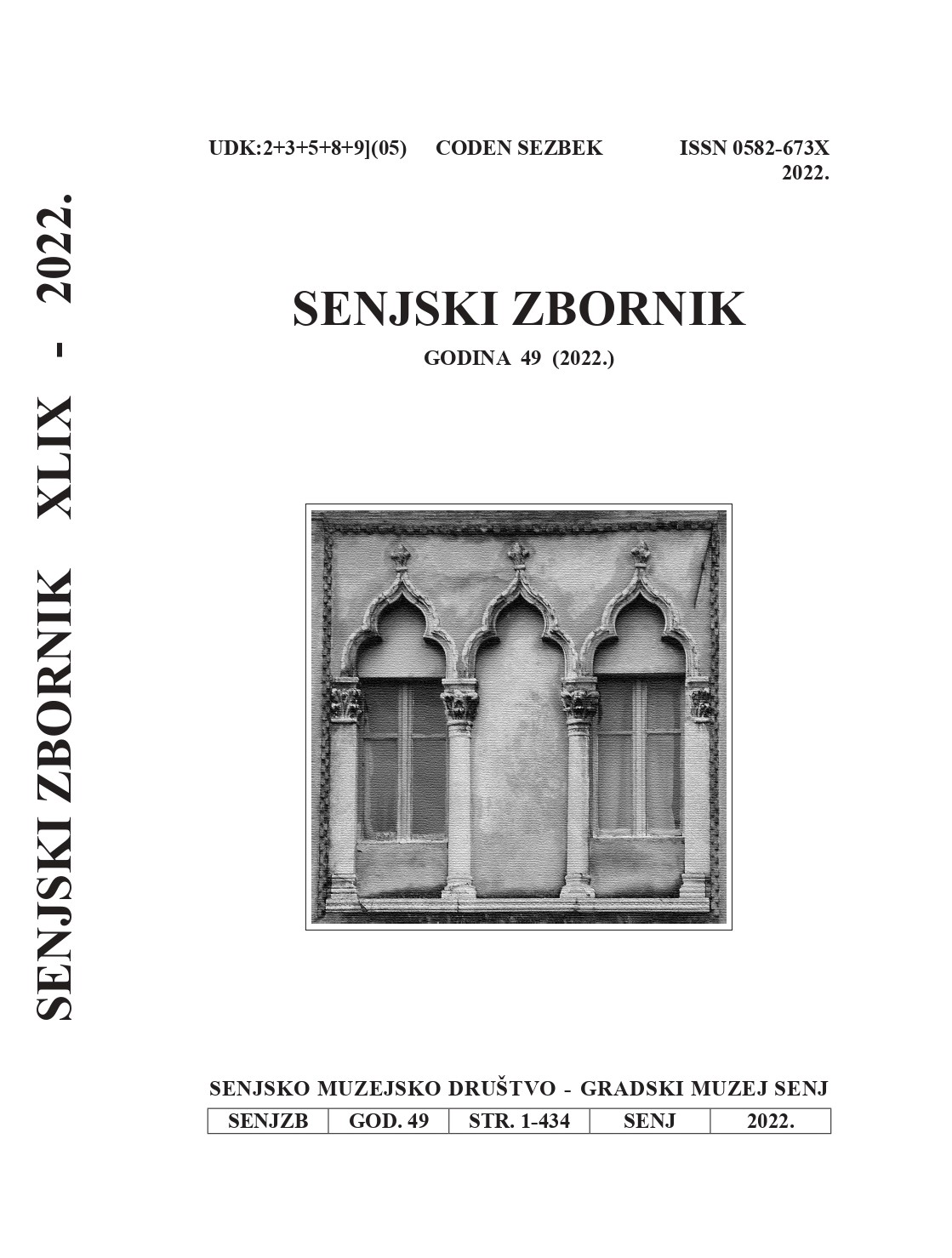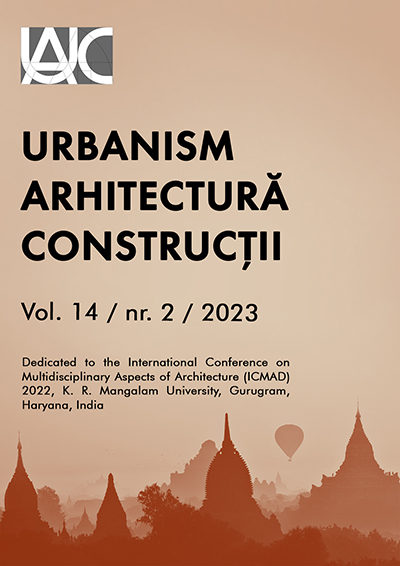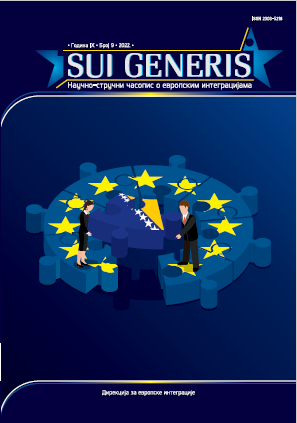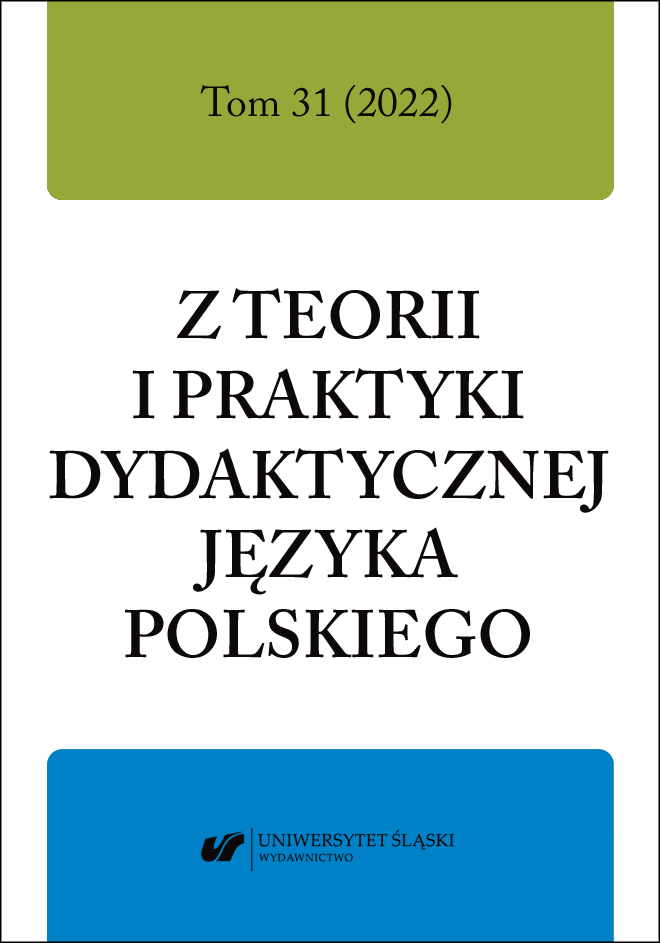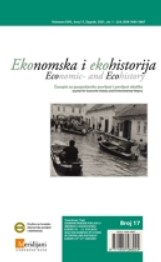
CONTRIBUTIONS TO THE KNOWLEDGE OF THE RIVER DRAVA FLOOD IN 1827
The authors of the article analyse the data on the flood of the Drava River in 1827, which are recorded in written historical sources in settlements affected by the flood, i.e. by people who experienced the flood or by journalists. The flood of the Drava River in 1827 was one of the strongest floods, about which relatively many records have been preserved. Its intensity was very strong, especially in the area between Maribor and Osijek. The effects of the flood of 1827 were also recorded upstream from Maribor, but data researched so far indicate that in that area the flood of 1827 was weaker than the flood of 1823. A special section presents the impact of the Drava River flood that occurred in 1827 in settlements in Tyrol, Carinthia, Styria, civil Croatia, the Hungarian counties of Zala and Baranja, Military Frontier and Slavonia. As most other articles on the Drava floods in the 19th century so far focus only on some parts of the Drava River, this article is a contribution to the research of one of the floods in the area from the first settlement after the river source to its estuary. Knowledge of individual severe floods of one river can also serve as a contribution to climate change research. According to the scheme for classification of the intensity of historical floods, based on the classification of primary and secondary indicators, flood levels are proposed by numbers 1-3, where 1 is the lowest and 3 the highest. For the floods of the Drava from 1827 the authors propose the inclusion in the highest level of floods - 3.
More...
